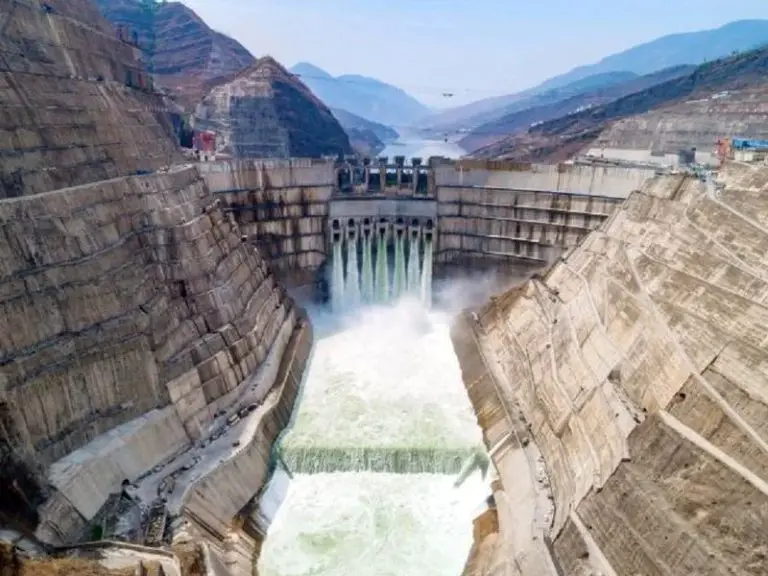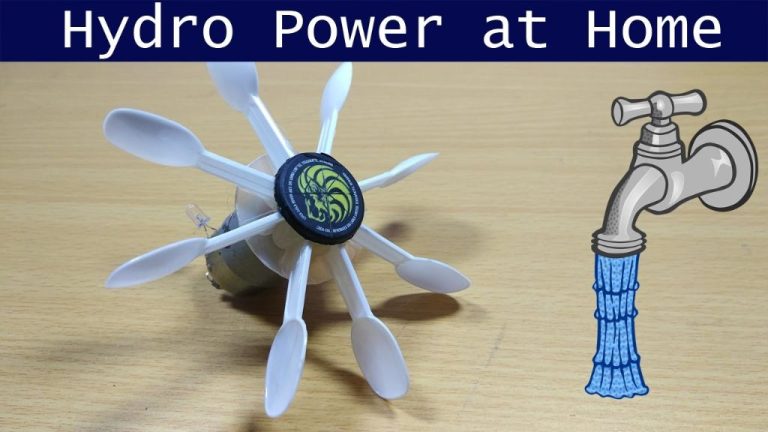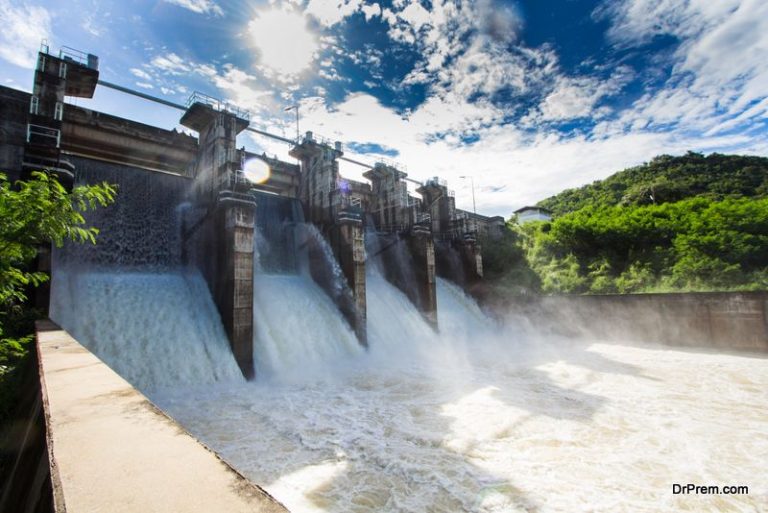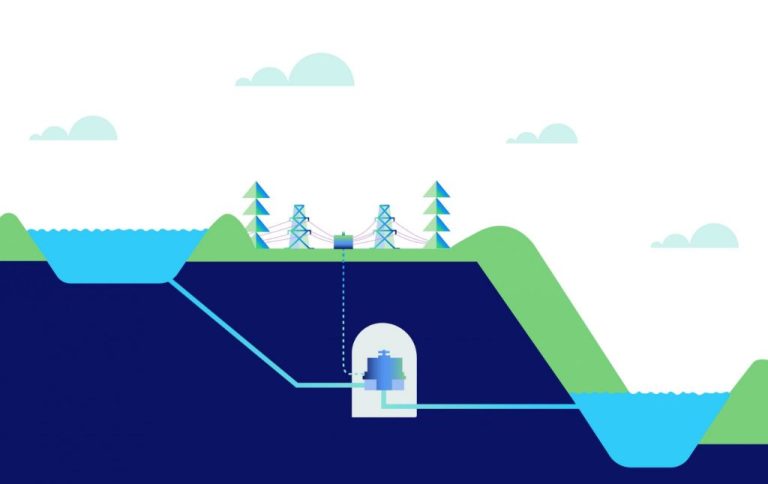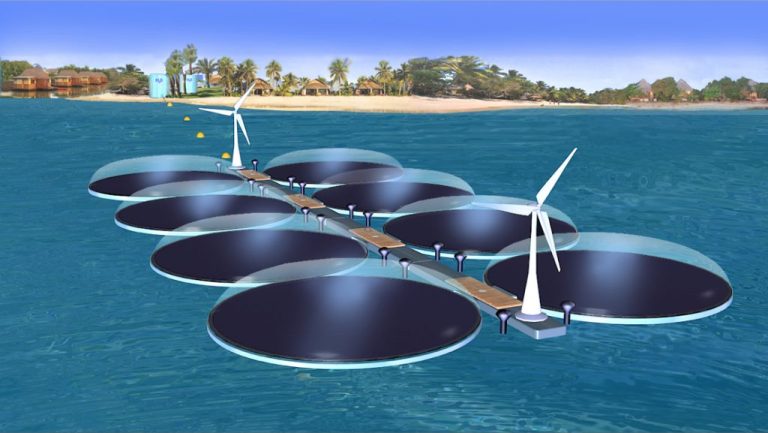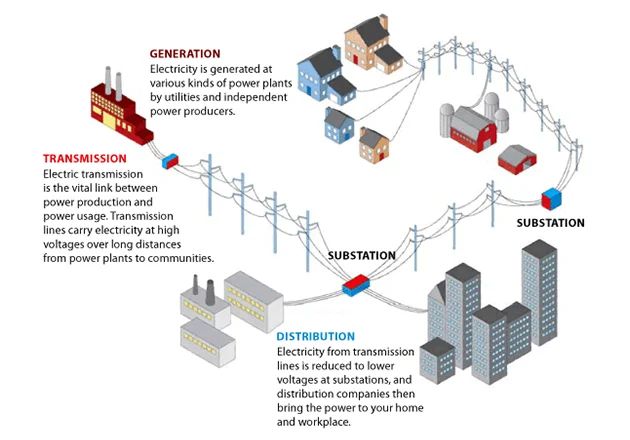How Can We Use The Ocean As An Energy Source?
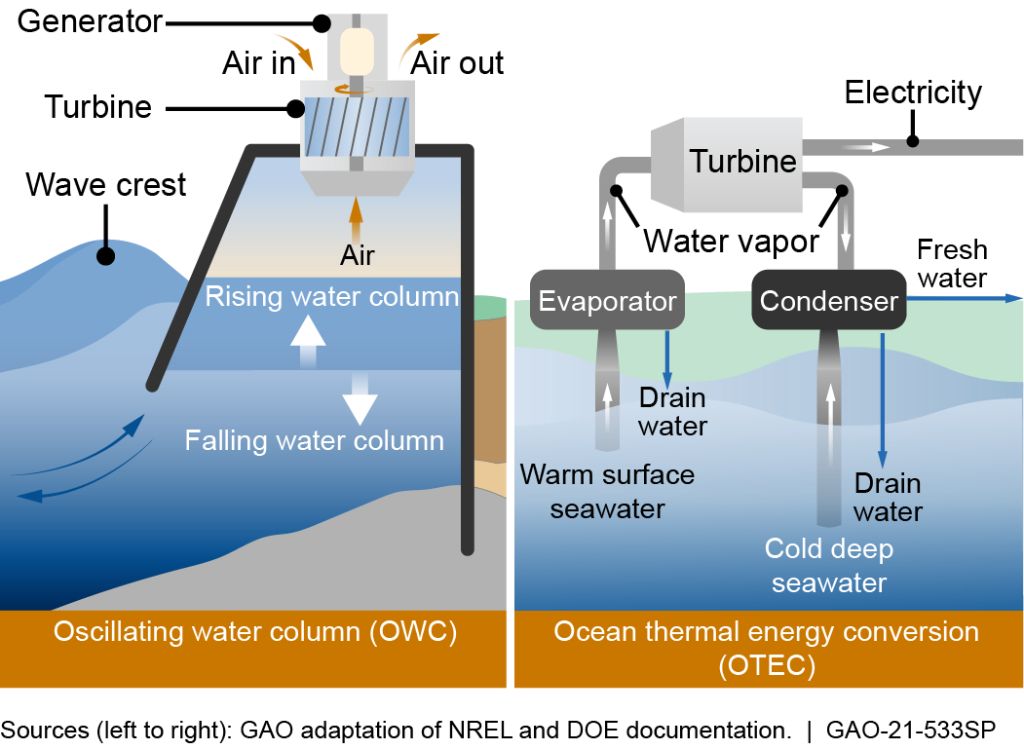
Ocean energy refers to the energy carried by ocean waves, tides, salinity gradients, and ocean temperature differences. It is a vast, untapped renewable energy resource with significant potential to help meet rising global energy demand in a sustainable way. The oceans cover over 70% of the Earth’s surface and contain a huge amount of energy in the form of waves, currents, tides, and thermal gradients. Ocean energy has remained largely unharnessed, but recent technological advances are enabling us to begin tapping into this vast renewable energy source.
According to a study by the European Ocean Energy Association, ocean energy’s total potential exceeds current global electricity demand. With the many environmental and climate challenges facing our planet today, developing renewable ocean energy resources has become an urgent priority. Harnessing just a small fraction of the ocean’s immense energy could provide clean, constant electricity to millions of homes worldwide. Doing so would reduce dependence on fossil fuels, lower greenhouse gas emissions, improve energy security, and create economic opportunities in the growing ocean renewable energy industry.
Tidal Energy
Tidal energy captures the energy of the tides caused by the gravitational pull of the moon. As the tides ebb and flow, they can be harnessed to generate electricity through three main methods:
Tidal barrages utilize dams or barriers placed across estuaries or inlets. When the tide comes in, gates are closed to allow water to flow into an artificial basin. Then when the tide goes out, the gates are opened and water flows through turbines to generate electricity (Source).
Tidal stream systems utilize underwater turbines placed directly in tidal streams. As water flows past the turbine blades, they spin and power a generator (Source).
Tidal lagoons involve circular retaining walls built around a body of water near the coast. As tides rise and fall, water is forced through turbines in the lagoon walls (Source).
Advantages of tidal energy include its predictability and sustainability as a renewable resource. However, tidal projects can be extremely expensive, site availability is limited, and there are potential environmental impacts to marine ecosystems (Source).
Wave Energy
Wave energy utilizes the energy from waves generated by wind on the ocean surface. Wave energy converters leverage the up-and-down, side-to-side, and orbital motion of waves to generate electricity in various ways. One method uses a floating buoy that creates movement to drive an electromechanical system. Another uses the rise and fall of waves to pump fluid through a turbine. There are also wave energy converters that sit on or are anchored to the seafloor, using wave surge or the swaying motion to generate electricity.
Some key pros of wave energy include:
- It’s a renewable energy source that does not generate greenhouse gas emissions.
- Waves provide a predictable and consistent energy source compared to wind or solar power.
- It does not require damming rivers or altering coastlines like other hydropower sources.
Some potential cons to consider are:
- Technology is still in development stages and has high capital costs currently.
- Good wave energy locations are limited geographically.
- Offshore systems can face damage from large storms.
- It can impact marine life habitats near energy converters.
Overall, wave power shows promising potential as a clean, renewable energy source. With further technological improvements, it may play a key role in energy diversification and reducing greenhouse gas emissions. But like other alternative energy options, there are still challenges around economic feasibility that are being worked on. [1] [2]
Ocean Thermal Energy
Ocean thermal energy conversion (OTEC) is a process that harnesses the temperature difference between warmer surface water and colder deep ocean water to generate electricity. Here’s how it works:
OTEC plants use the heat from warmer surface seawater to vaporize a working fluid with a low boiling point, such as ammonia. The expanding vapor turns a turbine attached to a generator to produce electricity.
The vapor is then condensed by cold water pumped from deep below the ocean’s surface. The condensate is recycled through the system.
The pros of OTEC include:
– It’s fuel-free and has a low environmental impact since no fuels are burned.
– The process produces desalinated water that can be used for drinking and agriculture (Source).
The cons of OTEC include:
– It requires very precise warm and cold water temperatures to operate efficiently.
– Large pipelines are needed to bring up cold deep water.
– There are concerns about how changing the temperature and salinity of ocean water may impact marine ecosystems (Source).
Salinity Gradients
Salinity gradient energy utilizes the difference in salt concentration between ocean water and river water to generate electricity (Source: https://www.sciencedirect.com/topics/engineering/salinity-gradient-power). When two bodies of water with different salinities mix, osmotic pressure is created. This pressure can be harnessed using semi-permeable membranes to turn turbines and generate electricity.
One of the main advantages of using salinity gradients is that they are renewable and predictable, since the difference in salinity exists naturally where freshwater rivers meet the ocean. Harnessing this free and continuous source of energy does not create any greenhouse gas emissions or toxic biproducts (Source: https://webberenergyblog.wordpress.com/2013/04/06/salinity-gradient-power-rising-as-a-realistic-renewable-energy-source/).
However, there are some challenges to overcome with this technology. Salinity gradient power stations need to be located at river mouths or estuaries near large populations, which limits ideal sites. The membranes used can become fouled over time. And the technology is still in early development stages, so large-scale systems have not yet been proven (Source: https://tethys.pnnl.gov/technology/salinity-gradient). More research and development is still needed to scale up salinity gradient power generation.
Ocean Currents
Ocean currents such as the Gulf Stream contain a huge amount of kinetic energy that can potentially be harnessed as a renewable energy source. Technologies to extract energy from ocean currents include underwater turbines that are similar to wind turbines. These turbines can be mounted on the seafloor or floated on platforms. As the current flows past, it turns the turbines to generate electricity.
Some key pros of ocean current energy are:
- It’s a clean, renewable energy source that doesn’t generate greenhouse gas emissions.
- The currents flow constantly and provide a predictable energy source unlike wind or waves.
- Underwater turbines don’t alter the aesthetics of the ocean landscape like offshore wind farms.
Some cons to consider are:
- Building and maintaining underwater turbines is technologically challenging and expensive in deep waters far offshore.
- Only certain narrow straits of fast flowing water have strong enough currents worth harnessing.
- Turbines could disrupt marine habitats and navigation of vessels if not properly sited.
Overall, ocean current power has significant potential benefits but still faces obstacles to become commercially viable on a large scale. With more research and development, this promising renewable energy source could play a bigger role in the future.
Offshore Wind
Offshore wind farms are located in bodies of water, usually oceans, lakes, or rivers. They harness wind energy through large turbines that are mounted on structures fixed to the seafloor. Offshore wind has several key advantages compared to onshore wind:
Higher wind speeds – Winds tend to blow stronger and more consistently over water. This allows offshore turbines to generate more electricity.
Larger turbines – The logistical challenges of building onshore limit turbine size. Offshore, much larger turbines can be installed, harnessing more energy.
Less visual impact – Turbines located far offshore are less noticeable, reducing complaints about aesthetics.
More space – With the vast expanses of water available, many more turbines can be situated offshore than on land.[1]
However, offshore wind also has some downsides:
Higher costs – Building and maintaining turbines at sea is more expensive than on land.
Difficult access – Only specialized vessels can reach offshore turbines for maintenance in rough waters.
Environmental concerns – Offshore wind farms can impact marine ecosystems and species.
Overall, the superior wind resource available offshore means offshore wind energy can play a major role in supplying renewable power to coastal populations.[2]
[1] https://powerefficiency.com/investing-in-wind-farms/
[2] https://europe.bloombiz.com/go.cgi?soncompmena.tk/news/HvyA024-61.html
Ocean Biomass
One potential source of renewable energy from the ocean is biomass. Biomass refers to organic materials that come from plants or animals (Kemp, 2022).
Some types of ocean biomass that can be used for energy include algae, kelp, and other aquatic plants and organisms. These can be harvested and then converted into liquid biofuels such as biodiesel, ethanol, jet fuel, and others (EnergySage, 2022).
Using ocean biomass as an energy source has several potential benefits:
- It is a renewable resource that can be replenished naturally over time (Conserve Energy Future, 2022).
- Biofuels made from algae and other ocean biomass can provide alternatives to fossil fuels and reduce greenhouse gas emissions (Carrier Vibrating, 2023).
- Algae and seaweed growth for biofuels does not compete for land and freshwater resources needed for food production (Kemp, 2022).
However, there are also some drawbacks and challenges to using ocean biomass for energy:
- Harvesting large amounts of algae or seaweed could negatively impact ocean ecosystems and biodiversity (Conserve Energy Future, 2022).
- Significant infrastructure, technological innovations, and financial investments are needed to scale up algae farming and fuel conversion efforts (Carrier Vibrating, 2023).
- More research is still needed to improve yields and make algae biofuel production economically viable (Kemp, 2022).
Overall, ocean biomass shows promise as a renewable energy source if it can be developed sustainably without damaging marine environments. More research and pilot projects will help demonstrate the realistic potential of algae biofuels.
Challenges
There are several key challenges facing ocean energy technologies in scaling up to reach their full potential. These challenges are generally technical, economic, and environmental in nature.
On the technical side, the harsh ocean environment poses engineering and durability issues. Wave energy converters and tidal turbines must withstand constant pounding by waves, corrosion by saltwater, and effects from storms. Developing robust devices that can operate reliably for years is difficult and expensive. There are also challenges in transmitting the generated electricity back to shore efficiently.
Economically, ocean energy is currently more expensive than conventional energy sources like fossil fuels. The upfront capital costs for building wave and tidal installations are very high. Bringing costs down through technology improvements, manufacturing at scale, and supply chain development will be critical.
There are also regulatory and policy challenges. Clear permitting processes and financial incentives are needed from governments to support ocean energy. Most countries do not yet have comprehensive frameworks in place.
Environmental impacts must be carefully managed too. Effects on marine ecosystems and habitats require study to avoid harming wildlife. Strategic planning and siting of projects is necessary. Overall, balancing ocean energy’s sustainability benefits with its potential local effects poses a multifaceted challenge.
With continued research and strategic long-term policies, many experts believe these obstacles facing ocean energy can be overcome. But it will require persistence, innovation and cross-sector collaboration to fully tap the vast renewable resource the oceans can provide.
Conclusion
In summary, the ocean represents an enormous untapped source of renewable energy that has the potential to significantly contribute to the world’s energy needs. Key renewable ocean energy technologies like tidal, wave, ocean thermal, and offshore wind energy are at various stages of development and adoption globally. While ocean energy is very promising, there are still challenges around technology maturation, cost-competitiveness, and environmental impacts that need to be addressed. With continued innovation and investment, as well as supportive government policies, ocean energy could see rapid growth and play a major role in the global transition to clean energy. The outlook is bright, but there is still much work to be done to fully realize the immense potential of our oceans to provide abundant renewable energy far into the future.

